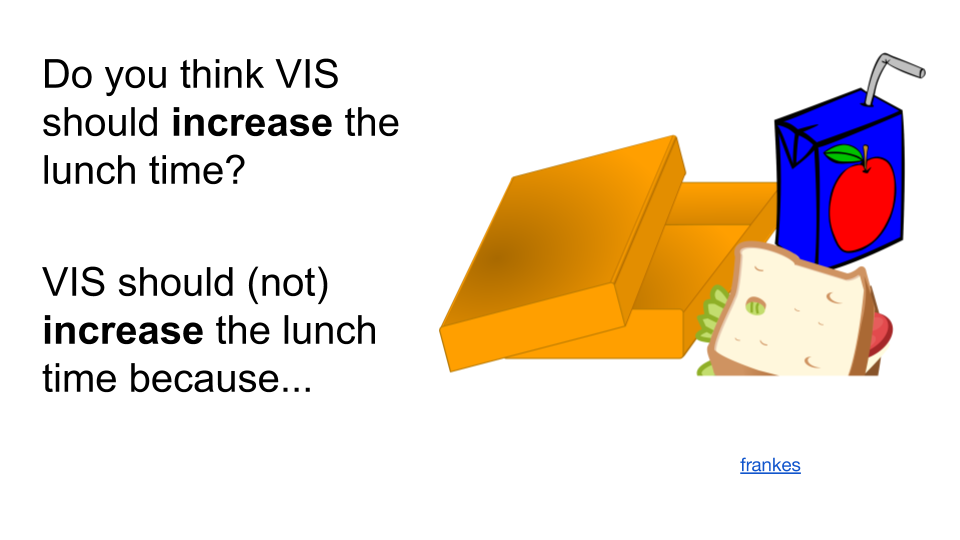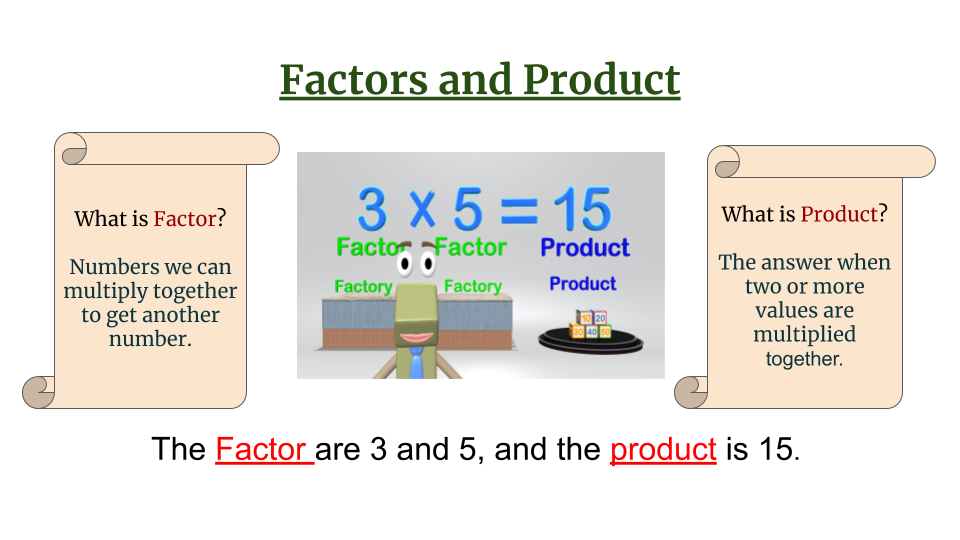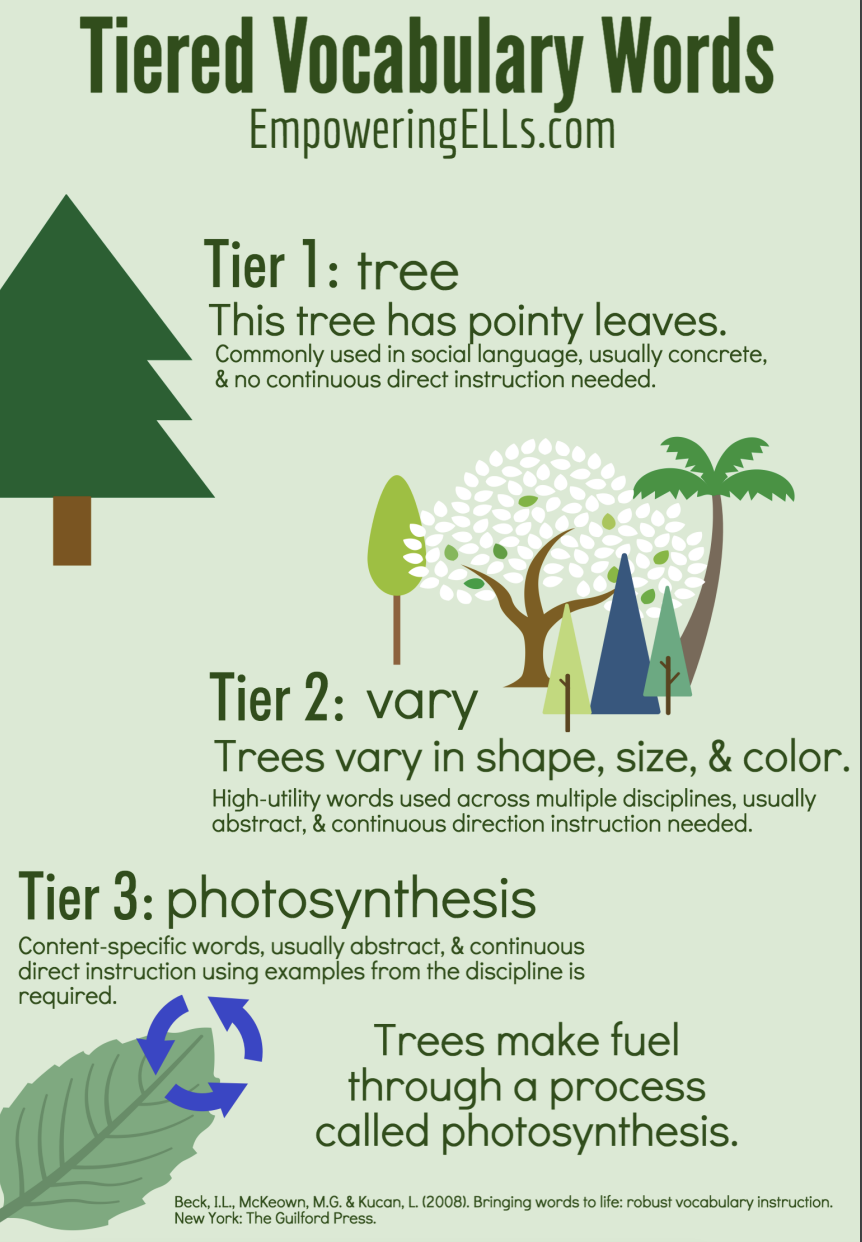Aaron Douglas is a teacher in British Columbia, Canada, and he works with adult ELs. Because there are so few resources available for teachers of adult ELs that I invited Aaron to share his experience. In this article, he shares his success and method of teaching vocabulary development with his adult students.
I have been teaching Foundations Math to English language learners at an adult education center for several years, and unfortunately, I neglected to teach tier 3 or math specific vocabulary in an explicit manner for most of that time. This past summer, I was inspired by Tan’s work to create a math vocabulary project for the students.
 The students used Google Slides to select a variety of math terms that they encountered in their classwork including basic fraction terms such as numerator and denominator. They were also instructed to use images and to write a sentence to further build their understanding. As the teacher, I supported the students with finding images and setting up their documents, but they had the freedom to be as creative as they wanted to be. In addition, they could use Google Translate and www.learnersdictionary.com to make sure that they understood the full meaning of these important terms.
The students used Google Slides to select a variety of math terms that they encountered in their classwork including basic fraction terms such as numerator and denominator. They were also instructed to use images and to write a sentence to further build their understanding. As the teacher, I supported the students with finding images and setting up their documents, but they had the freedom to be as creative as they wanted to be. In addition, they could use Google Translate and www.learnersdictionary.com to make sure that they understood the full meaning of these important terms.
The adult students were often familiar with the vocabulary in their 1 st language, but not knowing the language of math in English was often an impediment to following instructions or solving a variety of word problems. It was a pleasure to see the students engage with the process of using technology to create their own visual glossaries of math vocabulary, and through Google, they can access these resources in the future when they are studying math at a higher level. As you can see in the link below, Marianne exceeded expectations with an array of images, shapes, and words in her math booklet.
Principles:
- Teachers need to explicitly teach tier 3 subject-specific vocabulary to provide the students with the language to follow instructions, solve word problems, and connect new concepts with their existing background knowledge.
- The words should be learned in the context of the lessons that the students are studying in class. If students are learning about the relationship between area and perimeter, then they can add terms related to those two interrelated ideas.
- By using Google Slides, the students can access their vocab notebooks from anywhere at any time, and it is an engaging approach to learning. Images have been proven to offer significant support to English language learners, so the students should include visuals in addition to the sentences.
Thanks for taking the time to read my post and please let me know if you have any more questions.
If you would like to learn more about vocabulary instruction, I have written a three-articles series that might be of interest to you.


